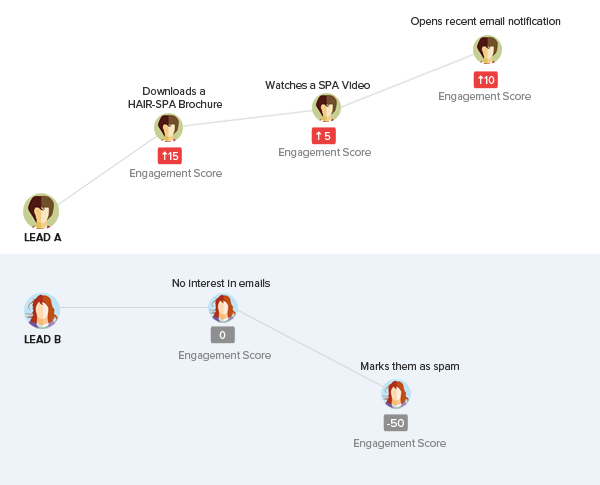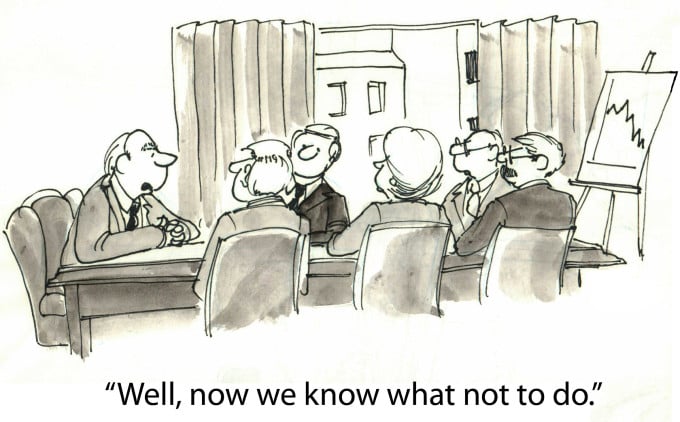
Tips to obtain the best customer acquisition process
Are you certain that your customer acquisition process is in the best possible form? If yes, good job, you can stop reading now.
However, if your current system and your people are desperately trying to cope with managing and converting the constant inflow of incoming leads, read on.
Maybe, you are still managing things on an excel sheet; maybe you have invested in a high-end CRM tool and still find it a challenge. Or maybe, you have cobbled together what you have read from multiple places and have your fingers crossed and praying like hell it works. In any case, your customer acquisition process is not the smoothest in the world.
Well, honestly, it is hard to determine whether anybody’s is. You see, there are things that work for some, work great for some and the same things that miraculously fail for others. The trick is to have in place a basic streamlined customer acquisition process that you can tweak regularly depending upon your requirement.
So what constitutes this basic streamlined process? Though the list can go on and on, you need to focus on just these aspects to begin with.
The first of these is lead capture and management
Consider that you are in the Spa business. Thanks to your strategically placed ads, you are generating a number of leads through your landing pages, inbound chat, telephonic calls and even say, through Justdial. Now, the chances are that all these leads are being captured separately (based on their source), then manually collated and then distributed to the various centers across town. This data fragmentation will result in a high amount of lead leakage.

“Dang, we’re losing a lot of strays.”
However, if a system that allows for unified lead capture from multiple sources was used, then the problem can be easily avoided. To further automate the process, the same system can also be programmed to distribute the leads acquired to various outlets upon lead capture. Not only will this provide complete clarity on each prospect, but will also reduce the turnover time of each lead.
The second is providing lead insights
Because of your marvelously efficient lead capture method, numerous leads are flowing in. Managing the queue is up to you. In the same example as above, say a lead is looking at the pricing page of a facial and spends quite some time there, while another is just randomly surfing through your website. How will you know which one to prioritize? Imagine following up and wasting time on leads who take a lot of time and effort to convince or are least interested in what you have to offer, while a much more promising prospect slips away. Frightening isn’t it? Well, things like activity tracking, lead scoring and engagement scoring will help you rate the quality of the lead and thus prioritize them.

“Why so many?” you ask? Trust me, you need them. Imagine for instance, that the lead downloads a hair spa brochure and then looks at a spa video on your website. The prospect also opens a recent email notification you have sent. This lead is highly engaged with what you have to offer and has a high engagement score. Another prospect who shows no interest in opening your emails and even marks them as spam ranks less here. You can focus on those with a higher score first and increase your chances of turning them into customers. Lesser effort, lesser time, more customers! Yaay!
Then comes lead nurturing
So what happens to those people who don’t seem that ready to invest in you just yet? Well, they enter a whole process cycle assigned just for them called lead nurturing.
The insights you gathered previously come in handy right now. Based on their past behavior (the kind of spa brochure they have downloaded or the service they have bought) you can send them trigger based emails and SMS about new offers and products so that you stay in their minds and connect with them from time to time to gently make your presence felt. This is even more important in e-commerce businesses, where nurturing can help bring back customers who abandon their cart at the last minute. It means that they are interested in the product, they want to buy – but need a final push to actually hit the ‘Buy Now’ button.
If you want to improve your customer acquisition process in the e-commerce business, check out these interesting strategies tailor made for your industry.
Followed by sales management
Imagine this scenario: a very engaged and ‘hot’ lead has been handed over to your sales team. This lead has been browsing the various hair spa brochures and offers pertaining to that. Your sales personnel, lacking all insights into his activity knows only that he is interested in a spa calls him and makes a unspecific sales pitch. This results in the lead losing interest very quickly and declining the offer or requesting more time. Either way, it is an opportunity lost to close a deal. This can be avoided when there is a centralized viewing of data that can improve the decision making skills of your sales team as well. 
If the customer acquisition platform that you have also allows for CRM functions (like setting up reminders, task management, contact management etc.), then the sales personnel can benefit from the lead insights generated and not use two different systems. So, instead of having a separate tool for customer acquisition and CRM, a unified tool that allows for both functions will be a lot more efficient.
And finally – analytics
Wouldn’t you like to know more about your leads from the revenue stand point as well? Imagine analyzing not just lead behavior but also identifying the best and the worst lead sources. Or having insights into the performance of your sales personnel, like who is bringing in the highest number of deals, how they do it, how much time they take to win a customer etc. Such in depth marketing and sales insights will give you a clearer picture of where you need to improve.

This is where analytics comes in and helps you make wiser, more informed decisions to tweak your process till it works optimally for you. Don’t forget to factor it in along with all the other aspects listed above!
What do you think? Does your customer acquisition process have all these attributes? Do you think more are needed? Leave a comment and let us know!!









